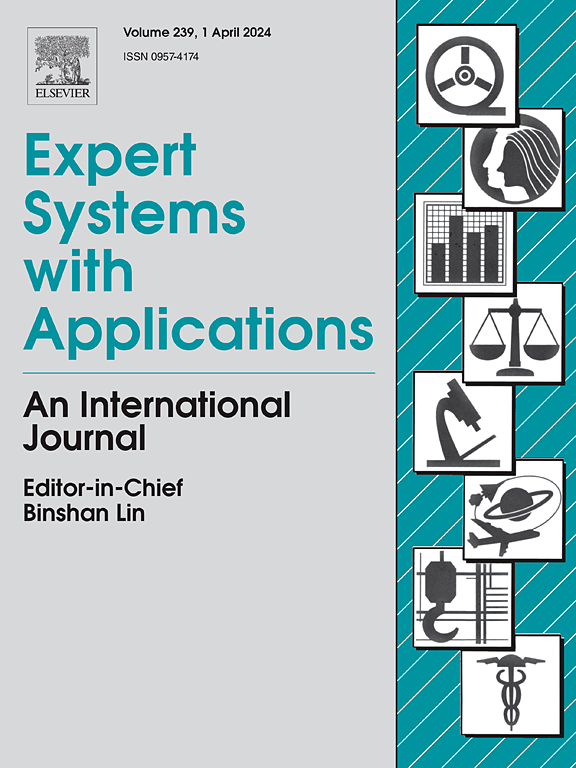Predicting concrete-encased column behavior under uniaxial load using adaptive neural fuzzy systems
IF 7.5
1区 计算机科学
Q1 COMPUTER SCIENCE, ARTIFICIAL INTELLIGENCE
引用次数: 0
Abstract
This research explores innovative approaches to assess concrete-encased steel (CES) composite columns, advancing beyond traditional finite element analysis limitations. The study lies in developing a rapid assessment methodology for CES columns under both axial and uniaxial loading conditions to enhanced building rigidity. By implementing advanced computational methods, the research aims to precisely predict CES behavior and structural stability, with particular emphasis on identifying and quantifying critical parameters that significantly influence column response. The investigation systematically examines various design factors and their interactions, enabling more informed decisions in structural engineering practice. This comprehensive approach addresses current knowledge gaps in CES column behavior, ultimately contributing to the development of more efficient, reliable, and optimized structural design guidelines for engineering applications. The study employs machine learning to analyze the uniaxial compressive load behavior of concrete-encased steel (CES) slender square composite columns, utilizing the Adaptive Neuro-Fuzzy Inference System (ANFIS) to optimize the Sugeno Fuzzy Inference System. This approach provides test information for calibrating Eurocode 4 against BS EN 1994-1, incorporating initial overall geometric imperfections (out-of-straightness) into the model. The finite element model, implemented using the software ABAQUS, has been validated against published experimental results for square cross-section (250*250 mm) CES columns with high-strength concrete (C100). The methodology encompasses 24 different cases, offering various predictions and test results for CES columns to ensure a comprehensive analysis of their structural behavior. The calculation of sensitivities for five different input parameters is considered: length of column (L), effective length (Leff), slenderness ratio (SR), amount of compression load (Puniaxial), and eccentricity of uniaxial load (e). The research reveals that to minimize vertical displacement (Zdis) in concrete-encased steel (CES) columns, it is essential to avoid combinations with high values between length (L) or effective length (Leff) and slenderness ratio (SR). Additionally, the study shows that the interaction between eccentricity (e) and uniaxial load(Puniaxial) has a less pronounced effect on vertical displacement when compared to the significant impact observed when SR increases along with Leff providing a theoretical basis for findings and their implications for column design and rapid assessment methodology for CES columns under axial and uniaxial loading conditions. This suggests that variations in Punaxial, even when considered in conjunction with other parame-ters such as L, Leff, and SR, exert only a modest influence on vertical displacement. Conversely, the combined effect of increasing SR and Leff demonstrates a more pronounced impact on the vertical displacement of CES columns.
求助全文
约1分钟内获得全文
求助全文
来源期刊

Expert Systems with Applications
工程技术-工程:电子与电气
CiteScore
13.80
自引率
10.60%
发文量
2045
审稿时长
8.7 months
期刊介绍:
Expert Systems With Applications is an international journal dedicated to the exchange of information on expert and intelligent systems used globally in industry, government, and universities. The journal emphasizes original papers covering the design, development, testing, implementation, and management of these systems, offering practical guidelines. It spans various sectors such as finance, engineering, marketing, law, project management, information management, medicine, and more. The journal also welcomes papers on multi-agent systems, knowledge management, neural networks, knowledge discovery, data mining, and other related areas, excluding applications to military/defense systems.
 求助内容:
求助内容: 应助结果提醒方式:
应助结果提醒方式:


